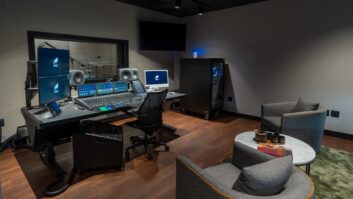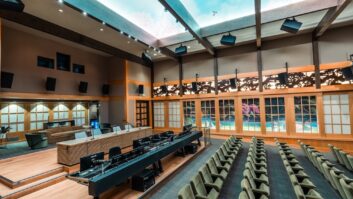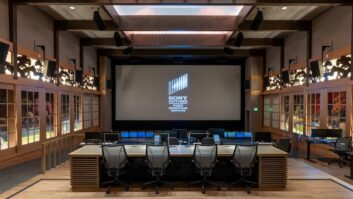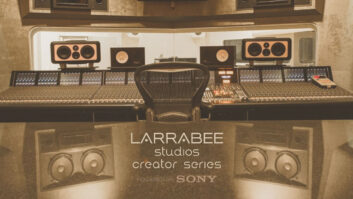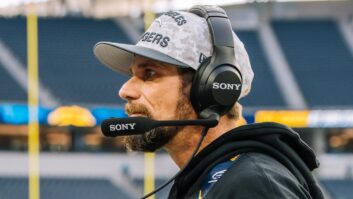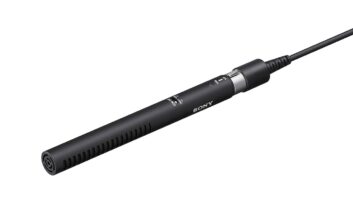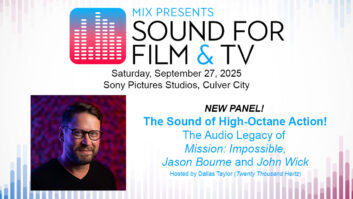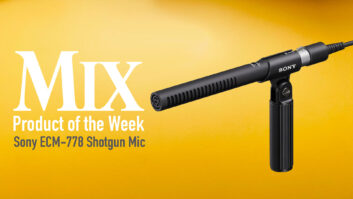
Culver City, CA (July 23, 2025)—Back in 2014, with the installation of a then-new Dolby Atmos/Auro 3D/DTS:X monitoring and control system in the William Holden Theater, Sony Pictures Studios quietly launched a long-term plan to update and modernize the technology backbone of its world-class, multi-theater, multi-studio, multi-stage post-production facilities.
The Cary Grant, Kim Novak, Burt Lancaster, Anthony Quinn, and Holden (again) theaters were all upgraded to immersive playback. Over time, sound design suites were created, IMAX capability was added, TV mix stages were updated to Atmos, and now, over a decade later, the final step: Converting the three ADR (Automatic Dialog Replacement) stages, the last of the analog holdouts, to an all-digital audio chain, starting with the storied ADR 3.
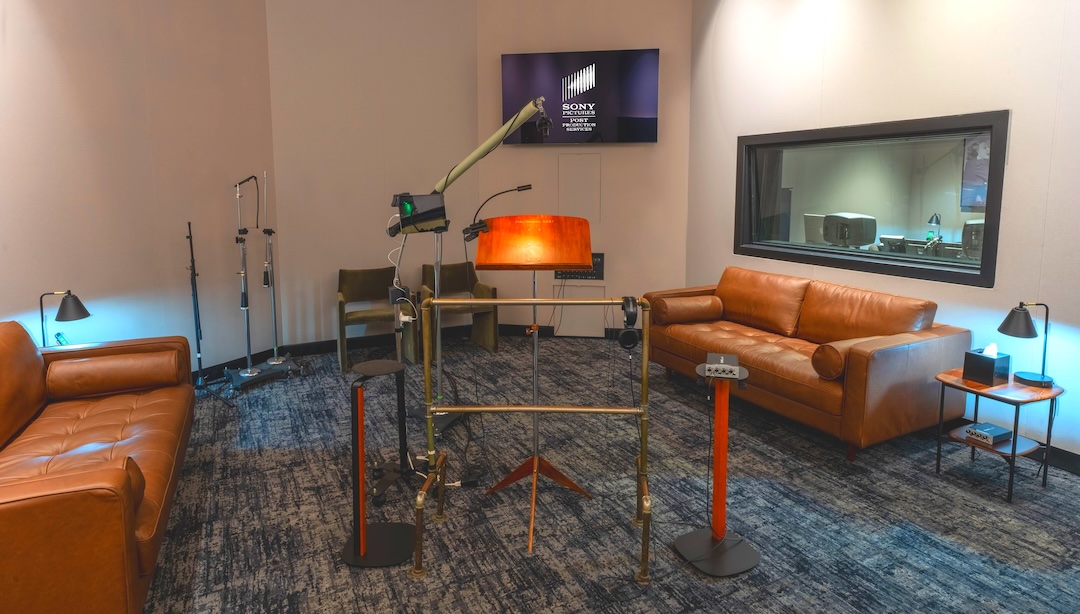
“Typically, ADR stages don’t change over as often,” says Lane Burch, executive director of engineering postsound services. “It’s all about vocal recording, and there’s a comfort level with the systems that are in place. ADR 3 still looked something like a Colorado recording studio from the 1970s, right down to the wood panelling and Yamaha console, but it was very popular and was booked all the time. Then, last year, the mixer who had worked in the room for a long time retired, so we took the opportunity to go in and do a complete overhaul.”
The renovation started with a complete gutting of the two rooms, down to the studs, which enabled for a slight expansion and reconfiguration. All the copper wiring and old cabling (“tons of it,” Burch says) was removed, a window was covered up, and new walls, insulation and acoustic treatments were put in place. Then the new gear arrived.
“Terry Bradshaw, one of our engineers, had put together a proof-of-concept plan for converting the ADR stages to digital,” Burch explains. “We brought in a small 24-fader Avid S6 with MTRX II I/O, Pro Tools HDX, a Tascam DA6400 recorder and BSS BLU for routing and switching. There’s a completely modern cue system. Klang headphone amps, Shure wireless, iPhone and iPad comms. New system for streamers. New camera system. It was a total refresh.”
Sony ECM-778 High-Res Shotgun Mic — A Mix Product of the Week
The new ADR 3, which opened in March and is now the home of ADR Mixer Marilyn Morris, can comfortably host small ensembles of six to ten for group sessions and has already proven a favorite among voice actors. It is located adjacent to the world-famous Barbra Streisand Scoring Stage on the Sony Pictures Studios lot, and a handful of those actors might recall that, prior to its conversion to ADR in 1989, it was once a room that handled a very different type of recording.
Discover more great stories—get a free Mix SmartBrief subscription!
In the late 1970s, Doug Sax, one of the all-time great mastering engineers, occupied what is now ADR 3, where he ran Sheffield Labs with a four-lathe, direct-to-disc setup. The window that was covered up during the recent renovation? It provided a direct view of the Streisand Stage, where Sax would watch the orchestra perform as he cut direct-to-vinyl.
Sax, who also owned and operated The Mastering Lab in Los Angeles, later moving it to Ojai, Calif., passed away in 2015.
